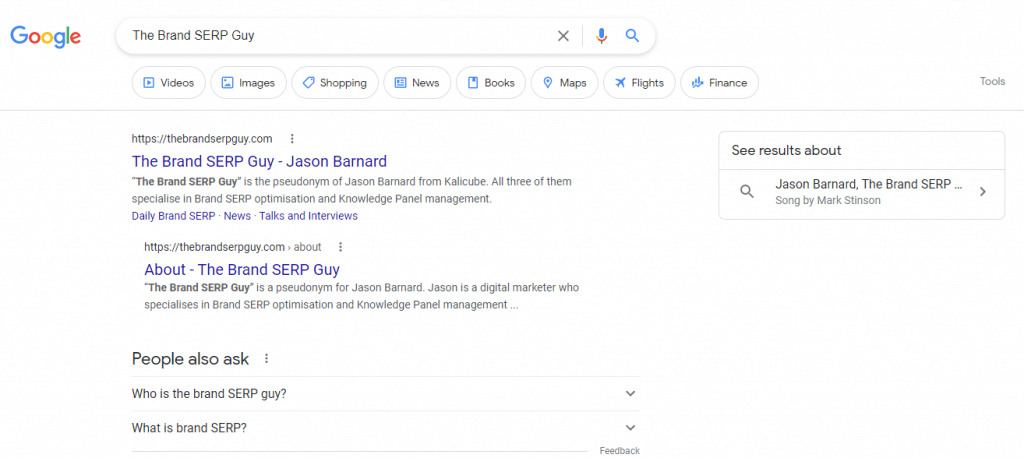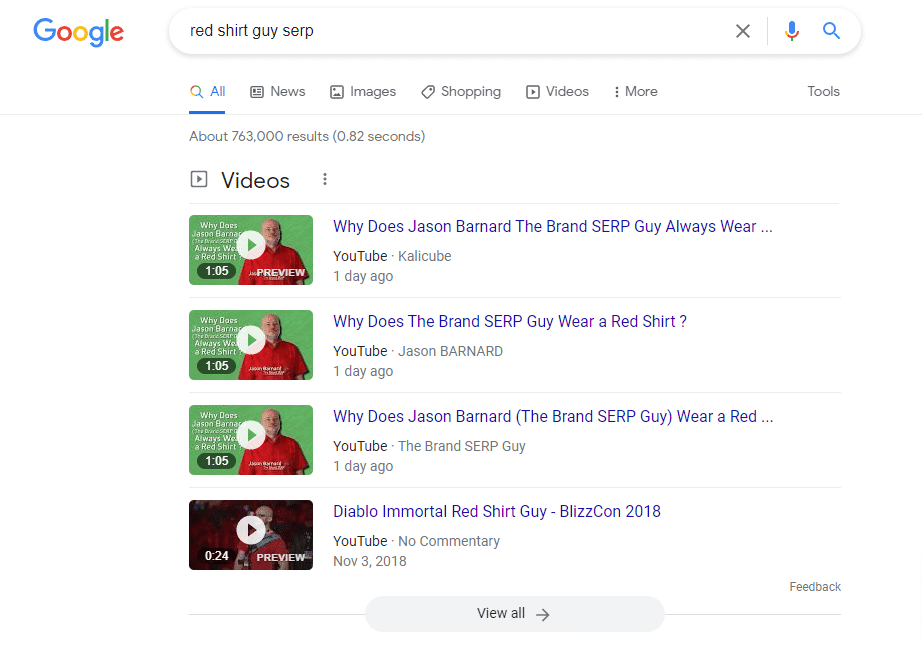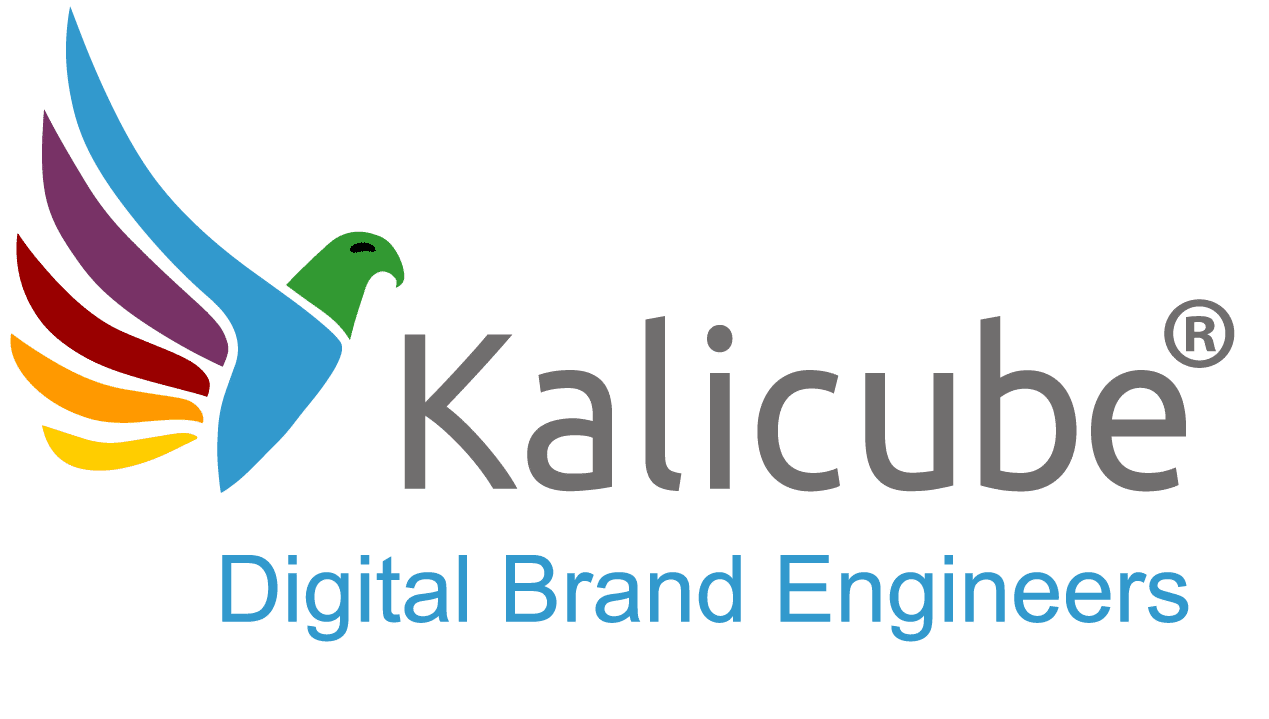Google’s Knowledge Vault: What You Need To Know

What is Google’s Knowledge Vault?
Simple definition of the Knowledge Vault
The Google Knowledge Vault is Google’s principal Knowledge Graph. The database stores information that is considered facts by Google’s knowledge Algorithms.
As of October 2023, the Vault contained over 1,600 billion facts (figure updated from previous march 2023 figure). Since it is a machine-readable encyclopaedia, no human can directly change the information in the Knowledge Vault.
This means that we (or Google) only have indirect influence on the facts in the Knowledge Vault.
Note: The Knowledge Vault is often referred to as the Google Knowledge Graph. However, Google has several Vertical Knowledge Graphs. At Kalicube, we call the main Knowledge Graph “The Main Knowledge Graph” or “The Knowledge Vault” for clarity.
In this article, we will show you how the Knowledge Vault finds its data and how you can use your information to optimise your digital brand presence and SEO performance.
Can a Person or Brand Influence the Facts in Google’s Knowledge Vault?
Yes. By understanding where the Google Knowledge Vault gets its information from, you can ensure that the information it receives about your brand and business reflects the way you want it to be perceived.
One of the best ways to indirectly influence the information in the Knowledge Vault is to make sure it gets consistent, trustworthy and verified information about you, your brand or your business from the places it sources its data.
The goal is to trigger a Knowledge Panel for your Entity (e.g. a person, a brand or a company). The Knowledge Vault is a machine-readable database that holds Google’s facts. However, a Knowledge Panel filled with Google-verified facts from the Knowledge Base is displayed in the search results.
A Knowledge Panel shows searchers that Google knows what your business is and what you do.
Where Does Google’s Knowledge Vault Source Its Data From?
The Knowledge Vault is powered by machine learning algorithms that get information from a variety of sources including –
- the web index
- manually curated databases
- the various Vertical Knowledge Graphs
- and corrective data provided by Google Engineers.
In addition, Google says the Knowledge Vault also “receives factual information directly from content owners in a variety of ways, including those who suggest changes to Knowledge Panels they claim.”
The Knowledge Vault Algorithm evaluates the information and assesses its veracity. Once the algorithm is confident that it has correctly understood the information about an Entity, that information is added to the Knowledge Vault. For this to happen, the level of confidence in understanding must be very high.
Here is Google’s official explanation of how the Knowledge Graph (or knowledge base) works.
Google provides an API that allows us to look at the Knowledge Vault, and Kalicube Pro™ has a Knowledge Graph Explorer that allows you to take a look as well.
The Kalicube®’s database also tracks and measures the different knowledge sources that Google uses for its Knowledge Graph.

How Can You Use the Knowledge Panel to Influence the Google Knowledge Vault and Optimise Your Brand SERP?
Knowledge Panels are the visual representation of information that a Knowledge Graph contains about a specific Entity.
Since the Knowledge Vault is the repository for irrefutable truths from Knowledge Graphs, adding your Entity to the Knowledge Vault is considered one of the main goals of optimising and managing Knowledge Panels. Making positive use of information about your brand in the various places where the Vault pulls its data is critical to optimising your presence in SERPs. You can train Google to present your brand the way you want it to appear.
The more facts the Knowledge Vault stores about your brand, the more comprehensive results Google can display when users search for your brand. These facts help optimise your brand SERPs because Google understands the context of your brand and how it relates to other facts stored in the Knowledge Graph.
Here we can use Jason Barnard’s pseudonym, The Brand SERP Guy®, as an example.
What if someone wanted to know who The Brand SERP Guy® is?

Google already knows the pseudonym because it is a fact in the Vault. So if a user searches for “The Brand SERP Guy”, the results will show that The Brand SERP Guy is Jason Barnard.
But what if someone sees a video of The Brand SERP Guy and only remembers him wearing a red shirt and talking about SERPs?

This is where the Knowledge Vault comes in, allowing Google to go beyond matching keywords and deliver more relevant results.
If the search query is “red shirt guy serp”
“The Brand SERP Guy” and “Jason Barnard” still show up” in the search results, even though the search query makes no sense at all. Google still understands what we are looking for and gives us the answer.
Why? Because Google’s Knowledge Vault has already stored the fact that The Brand SERP Guy wears a red shirt and that “The Brand SERP Guy ” is a pseudonym for Jason Barnard.
What are the Pitfalls and Drawbacks With Google’s Knowledge Vault?
While Google’s Knowledge Vault is a powerful tool for accessing information, there are some potential pitfalls and drawbacks to consider. They include:
Incompleteness of data
The Knowledge Vault collects data and information about entities from various sources, such as Wikipedia, Crunchbase, social media accounts, and other structured databases. This means that the Knowledge Algorithms thrive on repetition to provide users with accurate and complete data about a given entity for a given query.
For example, if the data about a particular entity in the sources used by the Knowledge Vault is incomplete or outdated, the resulting information may also be incomplete or inaccurate.
It is therefore important that all corroborative sources used by Google are consistent and accurately reflect the facts about a particular entity.
Pro Tip: Repetition is the fundamental way to teach “Google the child” key facts about you - who you are, what you do, and what audience you serve - through consistent repetition on authoritative sources. If all data about your entity repeat some or all of the facts you lay out on the Entity Home, and they all link back to that Entity Home, you will have created the perfect infinite self-confirming loop and you will be able to teach Google’s Knowledge Vault reliably over time.
Lack of Context
The Knowledge Vault is a useful tool for providing basic information about an Entity. However, it does not always provide sufficient context to fully understand the user’s search query for a particular Entity. Additional research and analysis may be necessary to fully understand a topic and its context.
Jason Barnard, also known as The Brand SERP Guy, is a good example of how important context can be in understanding a person or brand’s online presence. Google does provide some basic information about Jason Barnard, such as his occupation and where he lives, but not the full context necessary to understand his expertise and reputation in the digital marketing industry.
For example, if you search for “Jason Barnard,” you will find a number of articles, videos, and other content related to his work in the industry. In addition, his website and social media profiles provide additional context and information about his work, such as speaking engagements, publications, and client testimonials.
When you take the time to explore the context of Jason Barnard’s online presence, it becomes clear that he is not simply a digital marketer, but a respected authority in his field who shares a wealth of knowledge and experience. This demonstrates the importance of context in understanding a person’s or brand’s online presence and underscores the need for search engines and other online tools to provide that context to enable more meaningful and productive online interactions.
Pro Tip: At Kalicube we specialise in optimising your Entity for completeness and context so Google has the very best understanding of your Entity and serves your Brand in the Brand SERPs with the information you want your audience to see.
How does Google Knowledge Vault fit into Brand SERP Optimisation and Knowledge Panel Management?
If you are intentional about your Brand SERP optimisation, the Knowledge Vault will be convinced that your Entity is a fact. Google will present your brand to your audience in a positive, accurate and compelling way (because you told it what to display). It will also display a Knowledge Panel on the desktop on the right-hand side with accurate and helpful facts about you.
You can train Google, and we at Kalicube have the process. Jason Barnard, The Brand SERP Guy, is the pioneer of Brand SERP Optimisation and has been successfully empowering business leaders to optimise their brand presence in search results and grow their business for 10 years.
Book a free call with Jason Barnard to discuss how Brand SERP Optimisation can help you attract more customers.
Contributor:

Jean Marie
Website Content Manager. Joined Kalicube in February 2022
LinkedIn: www.linkedin.com/in/jeanmarielaurente
Email: [email protected]




